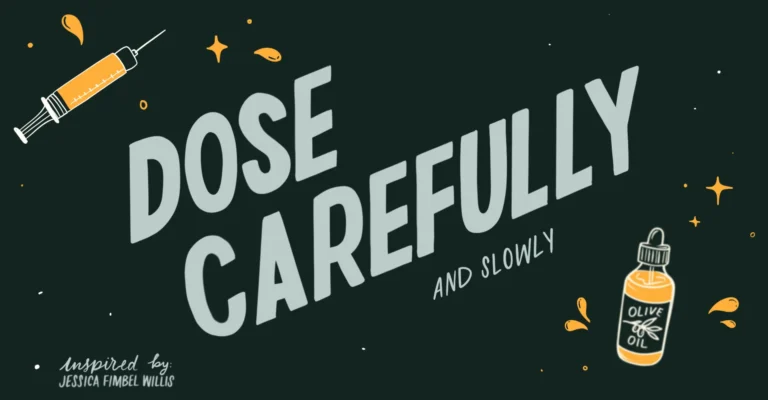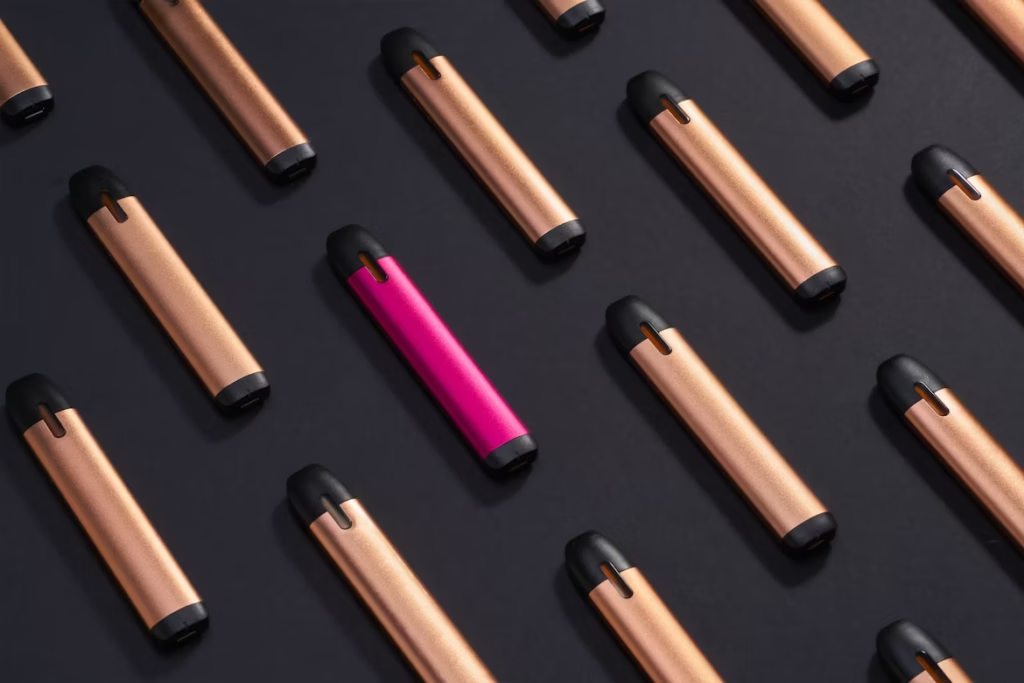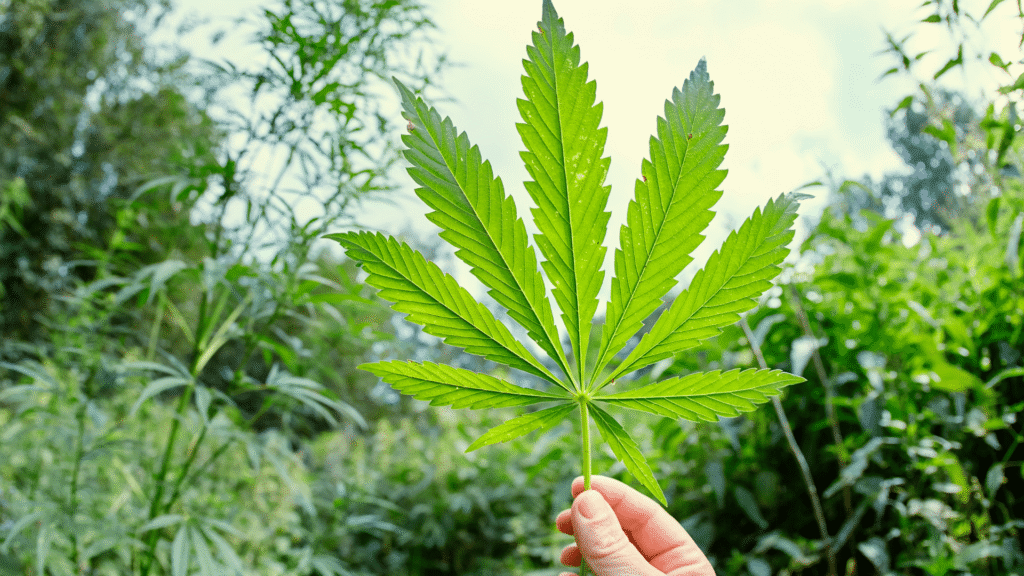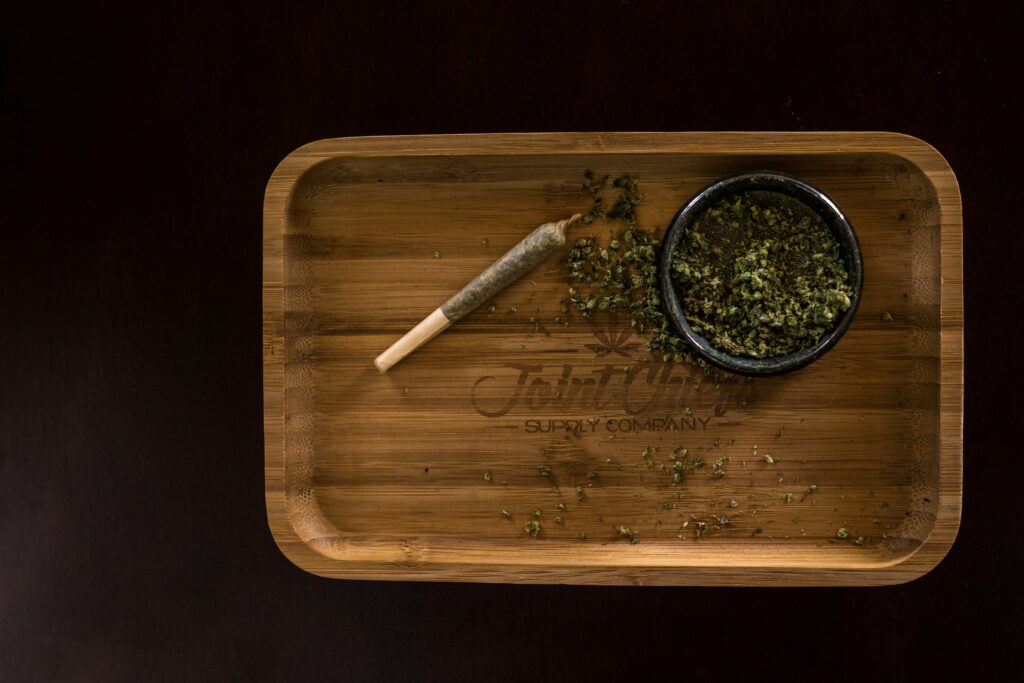
The chefs at Garden Remedies have been elevating the game—even the news is taking notice!
Edible Boston interviewed Garden Remedies’ Head Chef Christopher Kittredge and Sous-Chef Michael “Bleu” Villaronga for a feature article that noted how their kitchen “takes a culinary approach to creating cannabis-infused gummies and edibles.”
And while the article is about how "foodie folks [are] leading the way for cannabis edibles in Massachusetts,” our chefs also used the opportunity to speak about the importance of continued education about cannabis use.
“The responsibility lies on us as chefs, as dispensaries, and as a legal market to educate the public,” Chef Kittredge told us last week. “People need to be educated about how to work with cannabis, because otherwise you’re giving someone the blueprints to build a house without teaching them how to use a tape measure.
“I could give you a recipe to make infused pumpkin pie, but if you don’t know why you’re adding the eggs to the custard, if you don’t know why you have to whip air into it, then it’s not going to matter, and it’s not going to come out right,” Kittredge continued. “The technique is where the magic lies!”
With that first lesson in mind, we asked Chef Bleu and Chef Kittredge to pass us a few more foundational tips and techniques—for cooking with cannabis or any other ingredients!
Begin with recipes you already know
CHRIS: If you’re going to infuse something, do it with a recipe you already know. So if you don’t have a dish that you know how to make from scratch, start with a prepared dish like a box of macaroni and cheese, or a box of brownie mix.
For instance, if I was making a box of brownies and it calls for a quarter-cup of oil, a quarter-cup of water, and an egg, then I’m just going to heat up my canola oil from the recipe... mix it with a measured dose of THC Distillate... and once that’s fully mixed then I’m just going to make brownies with it, by the directions on the box. So now your recipe is standardized, and you can slowly experiment with the doses and your own tolerance to figure out what’s best for you.
Start with what you know. That’s something they teach in culinary school. For example, if you’re in a cooking competition, that's not where you try something new, right? That’s where you cook a dish you’ve already cooked a thousand times.

Keep “Everything in Place”
BLEU: My first tip would be to pay attention to what you’re doing! Mise en place is the best thing I can tell you. Mise en place is a French phrase that means “everything in place”—having everything ready and in the right spot. It’s important for all cooking, but especially with cannabis! Something like distillate can harden really fast, for example. So, you need everything ready to go before you even begin.
CHRIS: Have all your ingredients ready too. Everything should be weighed out and laid out in front of you—before you turn anything on, before you pre-heat the oven, before you put down a pan. Once you start cooking you shouldn’t be running around your kitchen. One thing you see with a lot of non-professional chefs is too much running back and forth— oh I forgot this, or oh now I need a timer for this, and so on. But when you watch a professional chef, they’re not running around. They’re not jumping back and forth. They did all that before they even turned the stove on.

Dose Carefully (and Slowly)
CHRIS: You want to deliver accurate dosage and quality of flavor, and you shouldn’t have to sacrifice one for the other.
BLEU: That’s the thing about working with distillate, it’s much more accurate. And we’re all about accuracy, along with the great tasting product.
For beginners who are cooking with cannabis for the first time, the best medium to start with would be distillate. That goes back to using the right ingredient for your dish, and it also plays into your skill level. Because if you’re not experienced with decarbs, and if you’re not experienced with turning flower into usable cooking oil, then it’s probably best to start with a distillate so you can get a feel for how to work with it and how to dose. Then after you’re comfortable with that, maybe you move onto things that require decarb. [ Editor's Note: "Decarb" is short for decarboxylation, referring to the reactions that occur when cannabis is heated up. The process converts specific cannabinoids that activate the psychoactive properties of the plant, for instance changing THCA to THC, and therefore prepares the material for infused cooking.]
CHRIS: When you don’t know what your starting dosage is, you can’t make an accurately dosed edible. I think it’s very important to get your material tested. The products you can get from Garden Remedies and other dispensaries has already been tested, so you know what you’re cooking with—and you know that you have an accurate starting dosage.
BLEU: Distillate is activated, flavorless, and pre-tested for THC percentages, so it’s like cooking edibles with training wheels.

Be serious and be safe—especially with groups, families, and parties
CHRIS: And if you’re ever cooking for a large group... once again, make a list, dose carefully, and be ready.
BLEU: You need to know how much cannabis you’re going to need. That's really critical in this case, because with a larger group you’re medicating on a bigger scale.
CHRIS: Or you’re going to batch medicate—which means to break up into portions. But for any method, you need to be careful. Because if you’re trying to dose for a group on a holiday party or something like that, it’s not just about getting the doses right. It’s also necessary to make sure the bowls aren’t in reach of children, or anyone else who might find them accidentally. I would recommend doing all of your infused cooking in your own home, and then keeping it very clearly marked.
BLEU: And once again, you need to really know about what you’re cooking. For example some dishes require a lot of stirring. If you don’t stir properly, it could make the dosing uneven across portions. So it goes back again to, “start with what you know.” When you’re working for larger groups, you have to be really careful, and stick to dishes you understand inside and out.
CHRIS: So in conclusion: Be ready, have everything in place, and be careful. And have fun! We’re chefs, and we have fun in the kitchen. We love it in there even when it’s hot, when it’s a pain, and when it’s hard to do.
Any more questions about cooking with cannabis? Connect with us on social channels for more tips and techniques to come!















